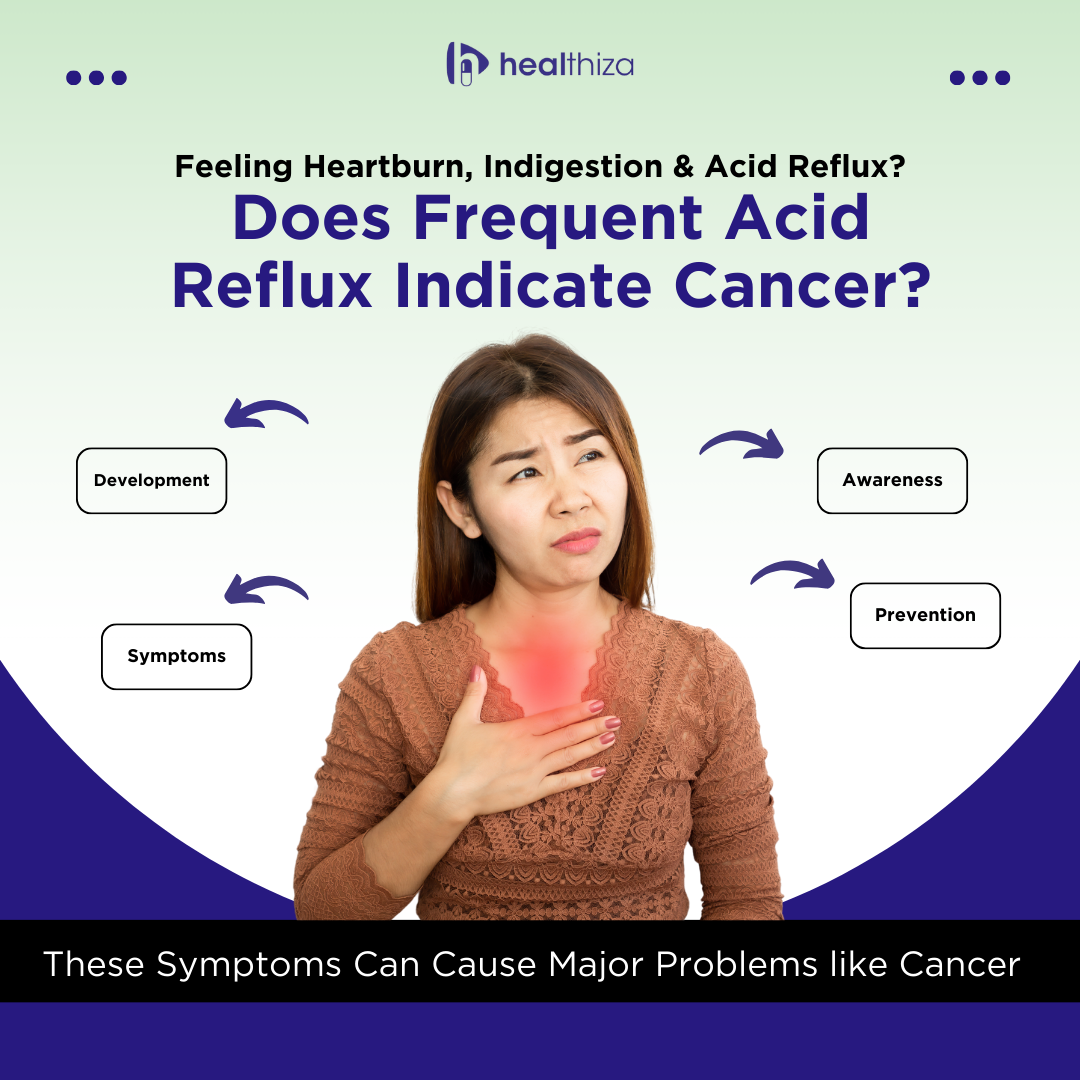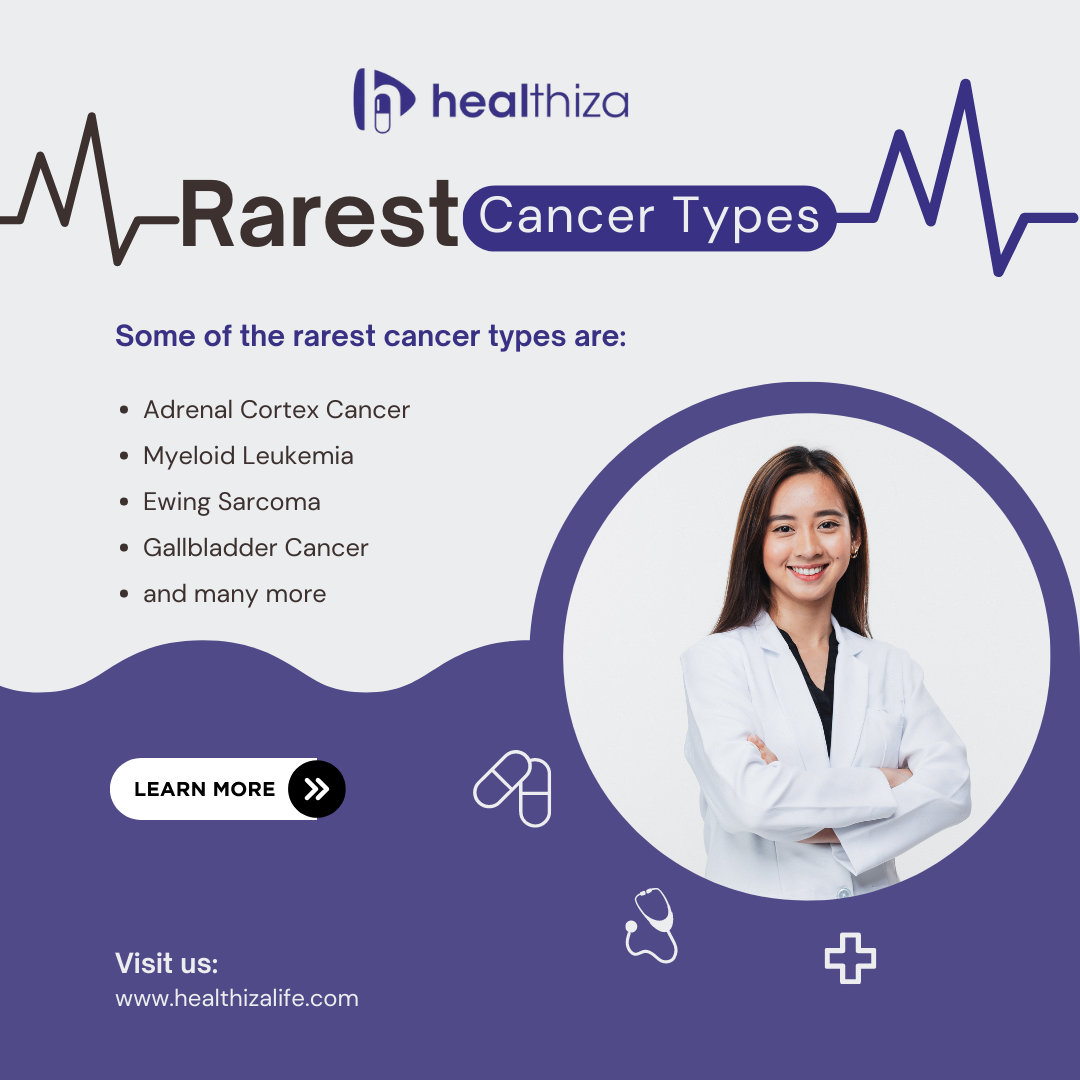What are the Most Painful Cancer?
Painful Cancer
Cancer is a tough journey for anyone. However, there are certain types of cancer that cause intense pain. Pain can vary depending on its location, its stage, and how it affects the body. If one understands the cancer type, location, and cause in the early stages, then it can help patients, caregivers, and doctors find better ways to manage and reduce suffering. Let’s learn about the most painful cancer types in this blog.
Types of Pain
Cancer pain varies from person to person. One person can feel it intensely painful while the other person may not feel it too much bother. Note that cancer causes pain when it affects your bones, nerves, or soft tissues. Here are the different types of pain of cancer.
Bone Pain
When cancer is spread to the bones, it often causes a dull or throwing sensation. It occurs because the cancer damages or weekends, the bone structure. Consequently, bones become sensitive and prone to discomfort.
Nerve Pain
Nerve pain occurs owing to a tumor pressing on the nerves or spinal code. It can also occur due to the side impacts of cancer treatments like chemotherapy. Nerve pain feels like a burning, shooting, or tingling sensation.
Soft Tissue Pain
Cancer in soft tissue, such as organs, muscles, or fat leads to sharp, cramping, and throating pain. Additionally, soft tissue pain occurs because tumors press on or invade these structures. It causes irritation and discomfort.
Phantom Pain
This is more like a sensation, which you feel on a certain part of the body that has been surgically removed to treat cancer. For example, cancer patients who experience a mastectomy can feel pain where their breasts used to be. Although the affected area is no longer physically present, the nerves can still send pain signals to the brain.
Most Painful Cancer Types
These are the most painful cancer types in the medical world.
Bone Cancer
This is the most painful cancer type, which occurs in the bones. Bone cancer is of mainly two types, which include primary bone cancer and secondary bone cancer. Primary bone cancer begins in the bone itself but is rare in ends. It accounts for only about 0.2% of all cancers. on the other hand, secondary bone cancer happens due to the cancer spreading from bones to other areas of the body. It can damage the breast, lung, or prostate. Pain is the most noticeable symptom of bone cancer. Note that cancer cells affect the bones by disrupting their normal repair and growth processes. As a result, bones become fragile and more likely to break. Moreover, tumors growing in the bones also press on nearby nerves, which increases discomfort. At first, the pain feels dull, but it comes and goes, especially at night. However, this pain becomes constant and severe over time. Besides, weak bones are also more likely to fracture, which adds to the pain and complications.
Pain Management: Treatment options include Opioids, Radiation therapy, and Bisphosphonates
Pancreatic Cancer
Pancreatic cancer develops in the pancreas. As you already know, the pancreas is an important organ for digesting food and controlling blood sugar levels. This cancer often goes unnoticed in the early stages because it does not cause symptoms. Unfortunately, this means doctors usually detect it later when it already has advanced. About 80% of pancreatic cancer are diagnosed late. Pancreatic symptoms include abdominal pain, back pain, jaundice, and explained, weight loss. Needless to mention, the pain can become severe as the tumor presses on nearby nerves, the spine, or organs like the liver.
Pain Management: Treatment options include Radiation therapy, Medications and nerve blocks.
Head and Neck Cancer
Head and neck cancer starts in the mouth, throat, voice works, nose, sinuses, or celery glands. The pain will occur depending on the specific location of the tumor. You should know that the head and neck have many sensitive nerves packed into a small space. Therefore, even a small tumor creates significant pain. This cancer can interfere with daily activities like eating, soiling, breathing, and more. Besides, some treatments like surgery, radiation, or chemotherapy may irritate these tissues and nerves, which further contribute to the pain.
Pain Management: Treatment options include Radiation therapy, Painkillers, Chemotherapy, and some surgical procedures.
Some additional type of cancer Includes
Liver Cancer
Pain Management: Liver cancer treatment options include Pain medications, Palliative radiation, or Nerve blocks.
Esophageal Cancer
Pain Management: Treatment options include Pain medications, Radiation therapy and Stent placement
Ovarian Cancer
Pain Management: Treatment options include Pain medications, chemotherapy and Surgery in some cases.
Brain Cancer
Pain Management: Treatment options include Pain medications, Steroids and treatment for intracranial pressure.
Lung Cancer
Pain Management: Treatment options include Opioids, Radiation, and Nerve blocks in some cases.
Gallbladder Cancer
Pain Management: Treatment options include Medication, Radiation, and Surgery for alleviate blockages
Stomach Cancer
Pain Management: Treatment options include Chemotherapy, Radiation therapy, and Palliative care.
Why Do Some Cancers Hurt More Than Others?
Cancer pain often depends on several factors like:
- Tumor Location: Cancers near nerves, organs, or bones tend to cause more pain.
- Size and Spread: Larger tumors or cancers that spread to sensitive areas can be more painful.
- Inflammation: Some cancers trigger inflammation, causing swelling and discomfort.
- Treatment Side Effects: Chemotherapy, radiation, and surgery can cause pain too.
Summing Up
Cancer is one of the fatal and most painful diseases in the world. Fortunately, the healthcare industry has advanced a lot which has brought several treatment options for cancer patients. However, it is very important to be alert and address cancer symptoms before it is too late. We have mentioned only the top most painful cancer types but there are more to add.
Also Read,




